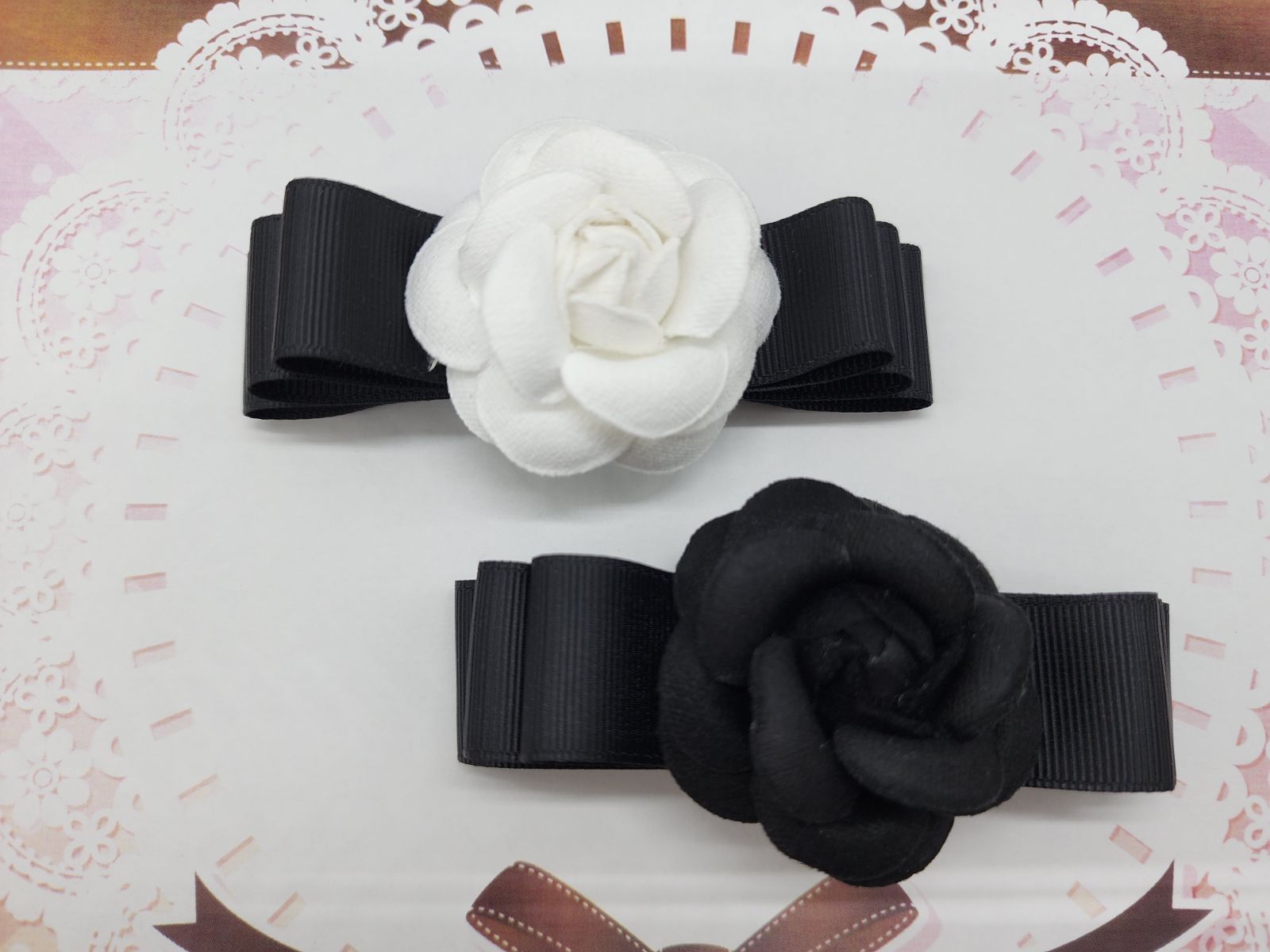
初詣を英語で説明|起源/時期/参拝方法などを10の例文で簡単に紹介
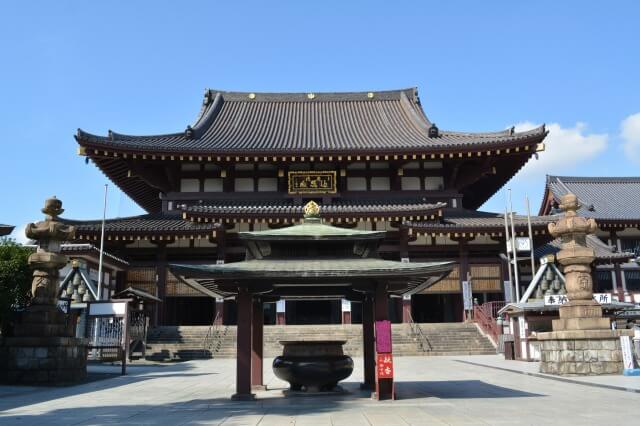
外国人から「初詣って何ですか?」と聞かれたら、英語で答えられますでしょうか?
 woman
woman(「初詣」って何ですか?)



初詣って英語で何て説明すればいいのかしら?
外国人に初詣をどうやって説明すればいいのか?
そんな疑問にお答えします。
初詣は英語で「An event to visit shrines and temples at the beginning of the new year(新年の最初に、神社や寺院などに参拝する行事)」です。



(初詣は、新年の最初に、神社や寺院などに参拝する行事のことです。)
初詣について英語で説明する例文を一緒に見て行きましょう。
無料でお試しできるオンライン英会話をいくつか紹介します。
初詣を英語で説明
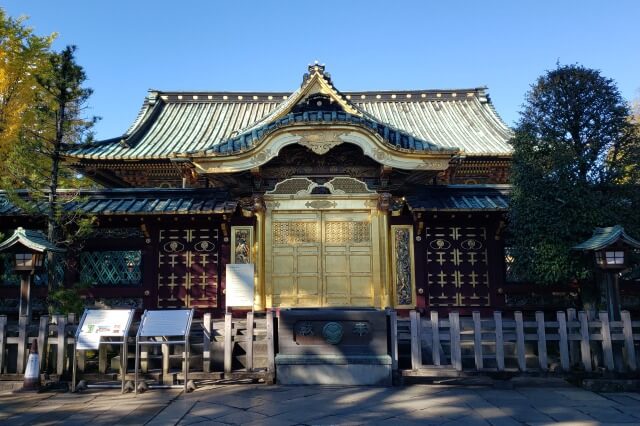

Hatsumode is an event to visit shrines and temples at the beginning of the new year.
初詣は、新年の最初に、神社や寺院などに参拝する行事のことです。
- Hatsumode/初詣
- event/行事
- visit/訪問する
- shrine/神社
- temple/寺院
- at the beginning of/~のはじめに
- new year/新年
We thank god and pray for the safety and peace of the New Year.
神様に感謝を捧げ、新年の無事と平安を祈願したりします。
- thank/感謝する
- god/神様
- pray/祈る
- safety/無事
- peace/平安
- New Year/新年
After worshiping, we will receive Hamaya and amulets in the precincts.
参拝後は、境内で破魔矢・お守りなどをいただきます。
- after/~後
- worshiping/参拝
- receive/いただく
- Hamaya/破魔矢
- amulet/お守り
- precinct/境内
We dedicate a votive tablet with a wish and pull an omikuji to tell fortunes of the year.
願い事を書いた絵馬を奉納したり、その年の吉凶を占うためにおみくじを引いたりします。
- dedicate/奉納する
- votive tablet/絵馬
- wish/願い事
- pull/引く
- omikuji/おみくじ
- tell fortunes/運勢を占う
- year/年



(神社や寺院に参拝することなのね。)
初詣の起源を英語で説明
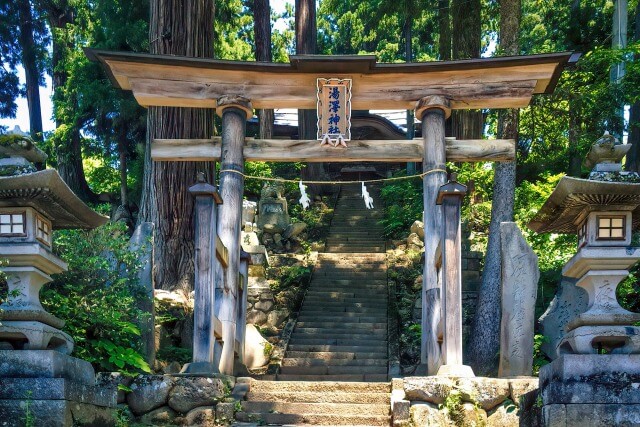

Originally, it was customary for the patriarch to stay at the shrine from New Year’s Eve to New Year’s Day to pray.
元々は、家長が祈願のために、大晦日の夜から元旦にかけて神社に籠る習慣がありました。
- originally/元々は
- customary/習慣
- patriarch/家長
- stay/とどまる、滞在する
- shrine/神社
- from A to B/AからB
- New Year’s Eve/大晦日
- New Year’s Day/元旦
- pray/祈願する
This practice was gradually divided into two parts, New Year’s Eve and New Year’s Day.
この習慣は、次第に、大晦日の夜と元旦の2回に分けて行われるようになりました。
- practice/習慣
- gradually/次第に
- divide into/分ける
- two/2
- part/回
- New Year’s Eve/大晦日
- New Year’s Day/元旦
After that, going to the shrine for prayer on New Year’s Day became the origin of the present Hatsumode.
その後、元旦に祈願のために神社に行くことが、現在の初詣の起源となりました。
- after that/その後
- go/行く
- shrine/神社
- for/~のために
- prayer/祈願
- New Year’s Day/元旦
- became/become(なる)の過去形
- origin/起源
- present/現在の
- Hatsumode/初詣
It is said that it was during the Meiji era that the current Hatsumode became a habit.
現在のような初詣が習慣化したのは、明治時代と言われています。
- it is said that/~と言われている
- during/~の間
- Meiji era/明治時代
- current/現在の
- Hatsumode/初詣
- became/become(なる)の過去形
- habit/習慣



(元々は、大晦日の夜から元旦にかけて神社に籠る習慣だったのね。)
初詣に行く時期を英語で説明


It is common to go to shrines and temples for Hatsumode from January 1st to January 3rd.
初詣は、1月1日から1月3日までに、神社や寺院に参拝をしに行くのが一般的です。
- common/一般的
- go/行く
- shrine/神社
- temple/寺院
- for/~のために
- Hatsumode/初詣
- from A to B/AからB
- January 1st/1月1日
- January 3rd/1月3日
However, in recent years, it is said that there is no problem if you go to worship while decorating the Kadomatsu.
ただし、近年では、門松を飾っている時期に参拝をしに行けば問題ないと言われています。
- however/しかしながら
- in recent years/近年では
- it is said that/~と言われている
- no problem/問題ない
- if/もし
- go/行く
- worship/参拝する
- while/~の間
- decorate/飾る
- Kadomatsu/門松
The time to decorate the kadomatsu varies depending on the area, but it is generally until January 7th.
門松を飾る時期は地域によって異なりますが、一般的には1月7日までとなっています。
- time/時期、期間
- decorate/飾る
- kadomatsu/門松
- vary/異なる
- depend on/~によって
- area/地域
- but/しかし
- generally/一般的
- until/~まで
- January 7th/1月7日
In some areas, Kadomatsu is displayed until January 15th, and the time to go to worship varies depending on the area.
1月15日まで門松を飾っている地域もあり、参拝をしに行く時期は地域によって異なります。
- some/ある
- area/地域
- Kadomatsu/門松
- display/飾る
- until/~まで
- January 15th/1月15日
- time/時期、期間
- go/行く
- worship/参拝する
- vary/異なる
- depend on/~によって
- area/地域



(参拝の時期は地域によって異なるのね。)
初詣に行く場所を英語で説明
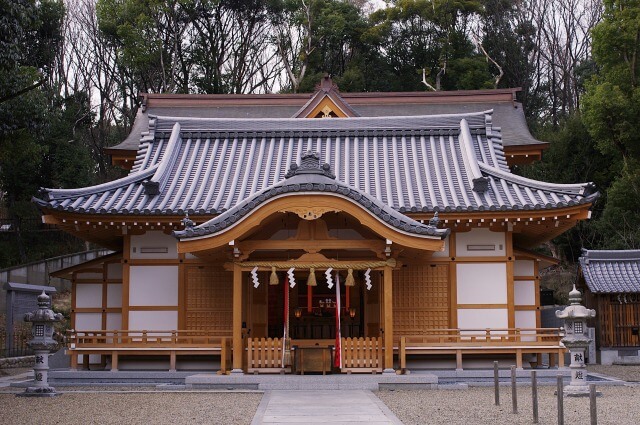

Generally, we go to a shrine or temple for Hatsumode.
通常、初詣は神社か寺院に行きます。
- generally/通常
- go/行く
- shrine/神社
- temple/寺院
- for/~のために
- Hatsumode/初詣
It doesn’t matter whether you go to worship at a shrine or a temple.
参拝に行くのは、神社でも寺院でも問題ありません。
- it doesn’t matter/かまいません
- whether A or B/AでもBでも
- go/行く
- worship/参拝する
- shrine/神社
- temple/寺院
Originally, Hatsumode was supposed to visit the gods in the area where they live.
もともと初詣は、自分たちが住んでいる地域の神様にお参りするものとされていました。
- originally/もともと
- Hatsumode/初詣
- supposed to/~することになっている
- visit/訪れる
- god/神様
- area/地域
- live/住む
In recent years, many people go to worship at famous shrines and temples in the distance for Hatsumode.
近年では、初詣のために遠方の有名な神社や寺院に参拝に行く人も沢山います。
- in recent years/近年では
- many/沢山の
- people/人
- go/行く
- worship/参拝する
- famous/有名な
- shrine/神社
- temple/寺院
- in the distance/遠い
- for/~のために
- Hatsumode/初詣



(神社でも寺院でも、どちらでもいいのね。)
初詣の参拝の仕方を英語で説明
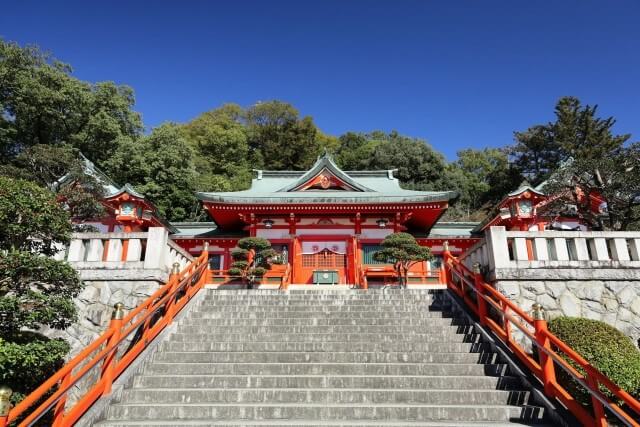

The manners of worship are different between shrines and temples.
神社と寺院では、参拝の作法が異なります。
- manner/作法
- worship/参拝
- different/異なる
- between A and B/AとBで
- shrine/神社
- temple/寺院
We worship at shrines and temples based on their respective manners.
神社と寺院、それぞれの作法に基づいて、参拝をします。
- worship/参拝する
- shrine/神社
- temple/寺院
- based on/~に基づいて
- respective/それぞれの
- manner/作法
Regardless of whether you visit a shrine or a temple, it is the same to put money in a saisen box in front of the hall of worship, put your hands together, and pray.
神社と寺院のどちらに参拝しても、拝殿の前でお賽銭箱にお金を入れ、両手を合わせてお祈りをするのは同じです。
- regardless of/~にかかわらず
- whether A or B/AでもBでもいずれにせよ
- visit/訪れる
- shrine/神社
- temple/寺院
- same/同じ
- put/入れる
- money/お金
- saisen box/賽銭箱
- in front of/~の前で
- hall of worship/拝殿
- put hands together/手を合わせる
- pray/祈る



(神社と寺院では参拝の作法が違うのね。)
初詣で納めるお賽銭を英語で説明
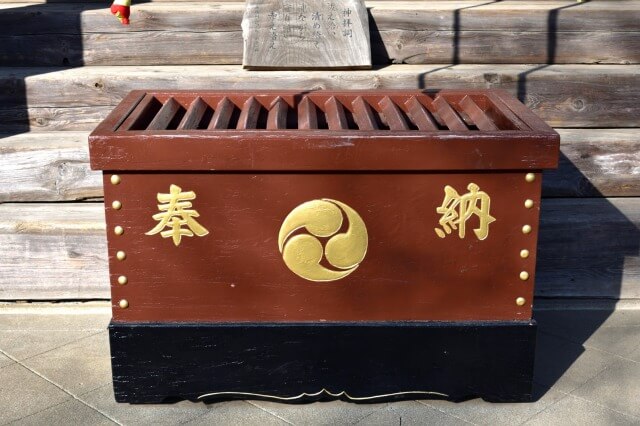

Saisen is money that you put in a saisen box to express your gratitude to god.
お賽銭は、神様への感謝の気持ちを込めて、賽銭箱に入れるお金のことです。
- Saisen/賽銭
- money/お金
- put/入れる
- saisen box/賽銭箱
- express/表す
- gratitude/感謝
- god/神様
It is common to put coins in the saisen box, not bills.
お賽銭箱には、お札ではなく、硬貨を納めるのが一般的です。
- common/一般的
- put/入れる
- coin/硬貨
- saisen box/賽銭箱
- bill/お札
Since 5 yen has the same pronunciation as the fate, it is considered to be an auspicious coin.
5円は御縁と同じ発音のため、縁起が良い硬貨とされています。
- since/なので
- yen/円
- same/同じ
- pronunciation/発音
- fate/縁、運命
- consider/見なす、考える
- auspicious/縁起の良い
- coin/硬貨
The money put in the saisen box is usually used for the maintenance of shrines and temples.
お賽銭箱に入れられたお金は、通常は神社や寺院の維持管理に利用されます。
- money/お金
- put/入れる
- saisen box/賽銭箱
- usually/通常は
- use/使う
- for/~のために
- maintenance/維持管理
- shrine/神社
- temple/寺院



(縁起の良い硬貨があるのね。)
初詣で引くおみくじを英語で説明


Omikuji is a piece of paper on which your fortune is written.
おみくじは、運勢が記載されている紙です。
- Omikuji/おみくじ
- a piece of/一片の
- paper/紙
- fortune/運勢
- written/write(書く)の過去分詞
When visiting shrines and temples for Hatsumode, many people draw Omikuji to predict the fortune of the New Year.
初詣で神社や寺院を訪れた時、新年の運勢を占うために、おみくじを引く人がたくさんいます。
- visit/訪れる
- shrine/神社
- temple/寺院
- Hatsumode/初詣
- many/たくさんの
- people/人
- draw/引く
- Omikuji/おみくじ
- predict/予測する
- fortune/運勢
- New Year/新年
After drawing an Omikuji, it is customary to tie paper to the trees in the precincts.
おみくじを引いたあとは、境内の木に紙を結びつける習慣があります。
- after/後
- draw/引く
- Omikuji/おみくじ
- customary/習慣的な
- tie/結ぶ
- paper/紙
- tree/木
- precinct/境内
Some people take Omikuji home and use it as a talisman.
おみくじを持ち帰り、お守りにする人たちもいます。
- some/ある
- people/人
- take home/家に持って帰る
- Omikuji/おみくじ
- use/使う
- as/~として
- talisman/お守り



(おみくじを引いた後、木に結びつけるのね。)
初詣でいただく破魔矢・お守り・お神札を英語で説明


After worshiping, we buy Hamaya, amulets, and Ofuda.
参拝の後は、破魔矢やお守りや「お神札」などを購入します。
- after/後
- worshiping/参拝
- buy/購入する
- Hamaya/破魔矢
- amulet/お守り
- Ofuda/お神札
Hamaya is an amulet arrow.
破魔矢は、魔除けの矢です。
- Hamaya/破魔矢
- amulet/魔除け
- arrow/矢
Amulets are small sacs containing tags with wishes written on them, and it is said that your wishes will come true when you wear them.
お守りは、願い事などが書かれた札が入っている小さな袋で、身につけることで願いが叶うとされています。
- amulet/お守り
- small/小さい
- sac/袋
- contain/含む
- tag/札
- wish/願い事
- written/write(書く)の過去分詞
- it is said that/~と言われている
- come true/実現する
- wear/身につける
Ofuda contains the spirit of god and is displayed on the Kamidana.
お神札は、神様の分霊が宿っているもので、神棚などに飾ります。
- Ofuda/お神札
- contain/含む
- spirit/霊
- god/神
- display/飾る
- Kamidana/神棚



(参拝の後は色々なものを買うのね。)
初詣で納める絵馬を英語で説明
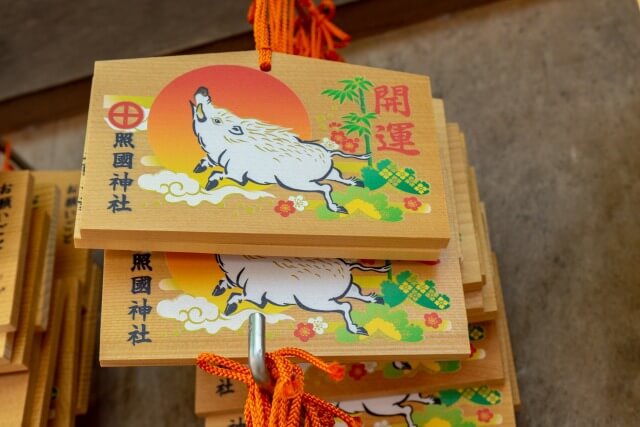

Ema is a wooden board dedicated to a shrine when praying for a wish.
絵馬とは、願い事を祈願する時に、神社に奉納する木製の板です。
- Ema/絵馬
- wooden/木製の
- board/板
- dedicate/奉納する
- shrine/神社
- pray/祈願する
- wish/願い事
A picture is written on the front side of Ema, and it is common to write a wish on the back side.
絵馬の表側には絵が書かれており、裏側に願い事を書くのが一般的です。
- picture/絵
- written/write(書く)の過去分詞
- front/表
- side/側
- Ema/絵馬
- common/一般的
- write/書く
- wish/願い事
- back/裏
On New Year’s Ema, pictures of the zodiac of the year are often drawn.
お正月の絵馬には、その年の干支の絵が描かれていることが多くあります。
- New Year/お正月
- Ema/絵馬
- picture/絵
- zodiac/干支
- year/年
- often/よく
- drawn/draw(描く)の過去分詞
The zodiac is the 12 species of animals that represent the year.
干支とは、その年を表す12種類の動物のことです。
- zodiac/干支
- species/種類
- animal/動物
- represent/表す
- year/年



(お正月の絵馬には、その年の動物の絵が描かれているのね。)
初詣でいただく御神酒を英語で説明
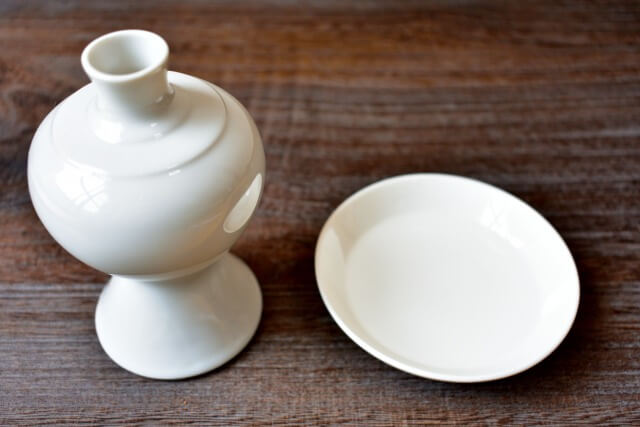

At shrines and temples, sacred sake may be served.
神社や寺院では、御神酒が振舞われることがあります。
- shrine/神社
- temple/寺院
- sacred sake/御神酒(神聖な酒)
- may/することがある
- serve/提供する
Sacred sake is the sake offered to god.
御神酒とは、神様にお供えしたお酒の事です。
- sacred sake/御神酒(神聖な酒)
- sake/酒
- offer/お供えする
- god/神様
It is said that you can share the power of god by drinking sacred sake.
御神酒を飲むことで、神様の力を分けていただけると言われています。
- it is said that/~と言われている
- can/できる
- share/分け合う
- power/力
- god/神様
- by/~によって
- drink/飲む
- sacred sake/御神酒(神聖な酒)



(神様にお供えされたお酒を飲むのね。)
初詣を英語で説明|まとめ
いかがでしたでしょうか?
初詣は、新年に神社や寺院に参拝する行事として、日本全国に浸透しています。
神社や寺院になじみのない外国人にとっては、参拝の仕方も初詣の風習も、珍しい事ばかりだと思います。
単純に、お賽銭・おみくじ・破魔矢・お守り・お神札・絵馬・御神酒と言っても、外国人には何のことかわからないと思います。
それらがどのようなもので、どのような意味があるのかを、外国人にもわかり易く英語で説明してみて下さい。



英会話教室に通う時間もお金もないし。



PCやスマホで気軽に英会話の練習ができます。
アプリなので費用もそんなに高くないですし、自宅で自分のペースで英会話の勉強ができますよ。






こちらも自宅から自分の都合が良い時間に英会話ができますよ。








